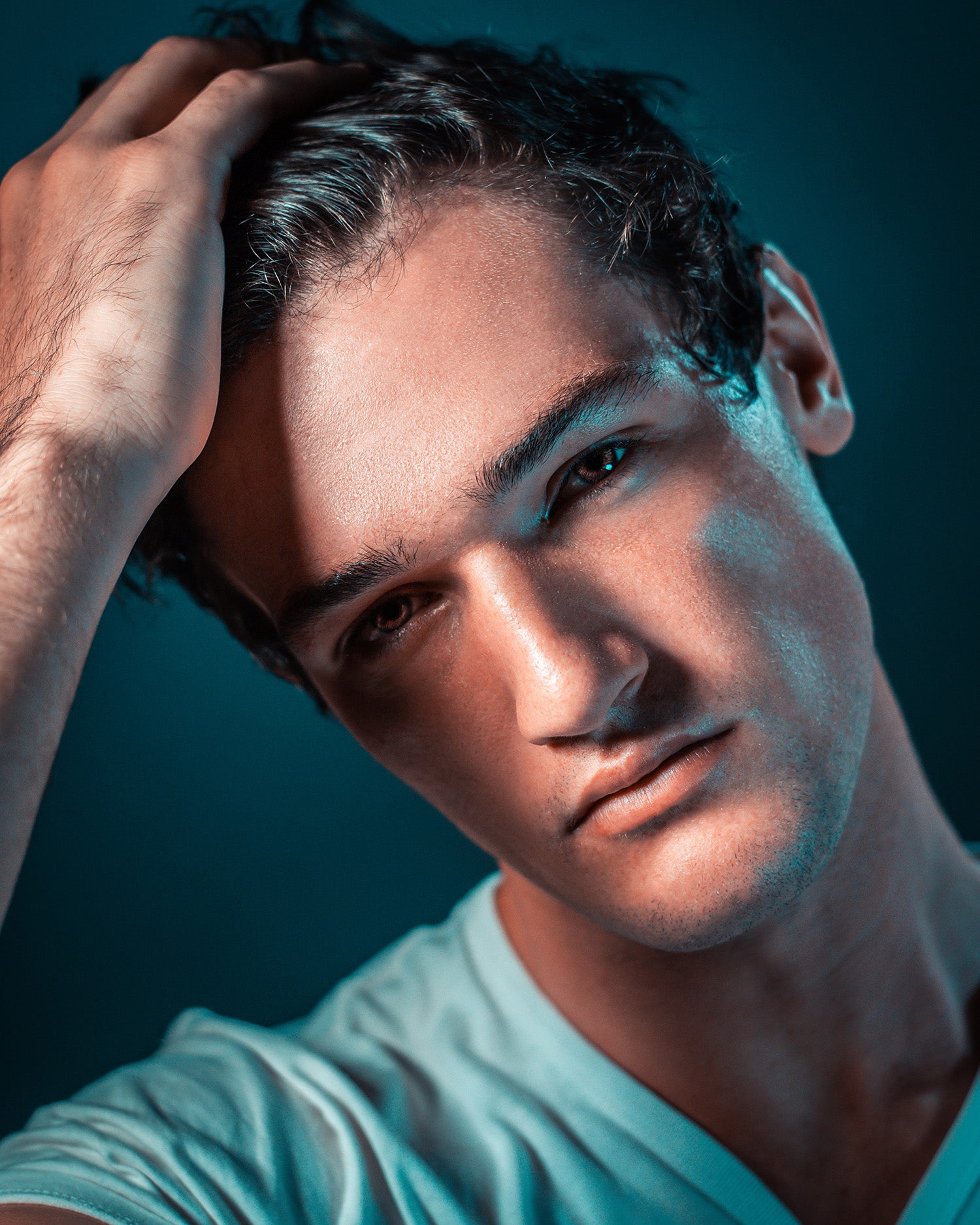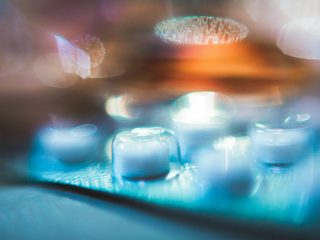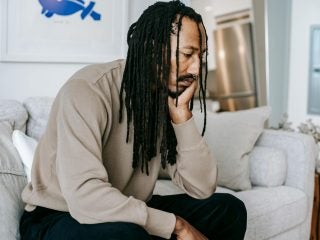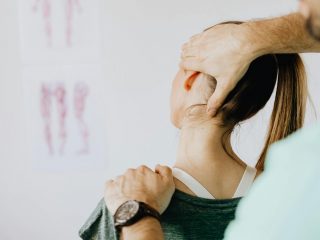Have you noticed that your hair is thinning? Are you loosing more hair than usual? Don’t panic, but find out exactly what is causing the problem. And take action.
When it comes to the health of your mane, the star of the show is not the hair itself but the follicles, the minuscule tunnels in the skin where the roots of the hair resides. A follicle is actually a complete skin organ and it is quite sophisticated. Its task is to build one strand of hair after another, each one taking years to grow.
If a follicle shrivels and dies, there is no lotion that can make its hair fibre grow back. In this case you need more radical solutions. For example, an implant like those offered by Biofibre® baldness remedies, that can restore your good looks immediately and without any discomfort.
Spotting the moment when something is beginning to go wrong with your scalp can be tricky. Shedding some 50-100 strands of hair every day is normal. It is a part of the cycle of functioning of the follicle, that builds a strand of hair for 2 to 7 years, sometimes even longer. Eventually, the fibre completes its life cycle and falls out. The follicle rests for a while before starting to build a new strand.
A human being has on average 100.000 hairs on his/her scalp, growing from as many follicles. At any given time, about 90% of them are active. The 10% that are resting between two growth cycles are not even noticeable.
A problem with your follicles could involve as many as 50% of them to become really visible. A check-up with a dermatologist is a good investment in this case. Men tend to suffer more than women from this annoying phenomenon, known as androgenetic alopecia, because it is connected to male hormones.
The main culprit for male hair thinning is DHT (dihydrotestosterone), an androgenic hormone, a byproduct of testosterone. DHT can bind to receptors in your hair follicles and make them shrink, weaken and eventually die. This phenomenon is called ‘miniaturization’.
There is a fairly effective oral medication to block DHT: finasteride (commercial name, Propecia, tablets). A prescription is needed for it, which is another reason why seeing a dermatologist is a good idea. The second most popular medication is topical and can be purchased over the counter: minoxidil (commercial name, Rogain). Rogaine is an antihypertensive vasodilator. It comes in foam format and it needs to be rubbed into the scalp.
Finasteride and minoxidil can give a boost to your follicles, if they are shrinking but still alive. Thinning recedes and hair can grow back. But be aware that it will take months to see the effects and you will have to continue using the medications, because the causes of alopecia are mostly genetic.
Taking good care of your general health and diet, avoiding aggressive hair styling products with too many chemicals, using a laser comb… all these measures can help, but if you stop taking medications, hair thinning will resume.


















